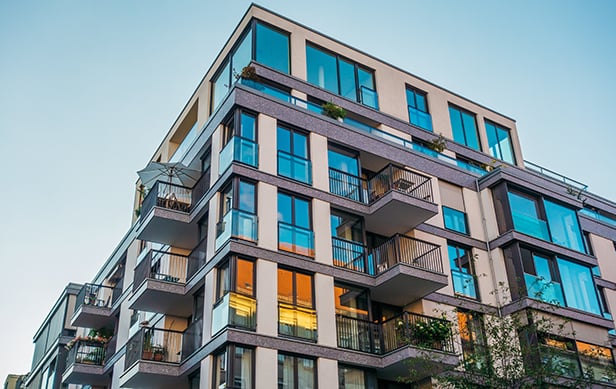OAKLAND, CA–The office towers that make up the skyline are in demand and thus, the most expensive office space to rent, according to JLL's 2015 Digital Skyline report. Those trophies are garnering 8.4% more than non-skyline buildings. Amenities in those buildings are increasingly comparable with San Francisco to the point that tech employees being priced out of San Francisco are leading a boom throughout Oakland.
This has resulted in more businesses crossing the Bay in the last 12 to 18 months, resulting in upward pressure on rents. In the first quarter of this year, skyline rents in Oakland increased by 11.8%, according to JLL Research. Average rates in the 11 buildings considered by JLL to be Oakland's skyline assets in the first quarter of 2015 were $38.64 per square foot compared to $35.64 per square foot in downtown Oakland overall.
With the last major office development in Oakland back in 2008 and no skyline office buildings underway, tenants can expect little change in rental rates in the near future. This, along with a steady economic recovery in the Bay Area, has led Oakland's downtown office vacancy to its lowest level (10.1%) in seven years. Within the almost 5 million square feet that comprises Oakland's skyline, there is only one large block of space (50,000-square-foot-plus) available today.
Sam Swan, managing director with JLL's agency leasing in Oakland and the East Bay, tells GlobeSt.com: “One reality of the increased tenant demand in Oakland's skyline buildings over the past 12 months is that there are virtually no large blocks of space available in that set, so we've seen more tenants looking at and leasing space in Class B office buildings. Many owners of Class B buildings have invested to modernize what, to many tenants today, is the preferred 'cool' space."
A growing segment of tenants are also eschewing skyline buildings in favor of non-core class-A and class-B buildings, inside and outside of traditional CBDs. The perception of an address has been replaced by the desire for highly customized office space, particularly among fast-growing tech and other creative companies.
But the trend does not stop there. Today, many companies are trying to mimic tech, whether through business strategy, people strategy or even real estate strategy. The growing millennial workforce and those employers are increasingly drawn to architecturally significant Class B buildings located in dense neighborhoods packed with amenities, properties which Oakland has in relative abundance. Those companies have shown a preference in recent years for leasing lower-cost space in well-located historic buildings or converted warehouses, spending more on interiors and less on rent, thereby creating individual company identities.
Swan added, “A lot of these B-buildings are on the perimeter of the traditional high-rise CBDs in areas that have more of a neighborhood feel. In turn, they like the idea of adaptive reuse and contributing to neighborhood revitalization. As the gap between trophy and non-trophy space continues to grow over the short-term, we actually could be reaching a peak inflection point based on future demand patterns favoring space over building.”
Improving B and C properties was discussed at a RealShare Bay Area session last month.
JLL's proprietary 2015 Digital Skyline identifies and tracks micro-segments of 47 city centers across North America. The report features trophy and class-A buildings where tenants and investors alike focus demand for office space in a flight to quality and efficiency.
Want to continue reading?
Become a Free ALM Digital Reader.
Once you are an ALM Digital Member, you’ll receive:
- Breaking commercial real estate news and analysis, on-site and via our newsletters and custom alerts
- Educational webcasts, white papers, and ebooks from industry thought leaders
- Critical coverage of the property casualty insurance and financial advisory markets on our other ALM sites, PropertyCasualty360 and ThinkAdvisor
Already have an account? Sign In Now
*May exclude premium content© 2025 ALM Global, LLC, All Rights Reserved. Request academic re-use from www.copyright.com. All other uses, submit a request to [email protected]. For more information visit Asset & Logo Licensing.








